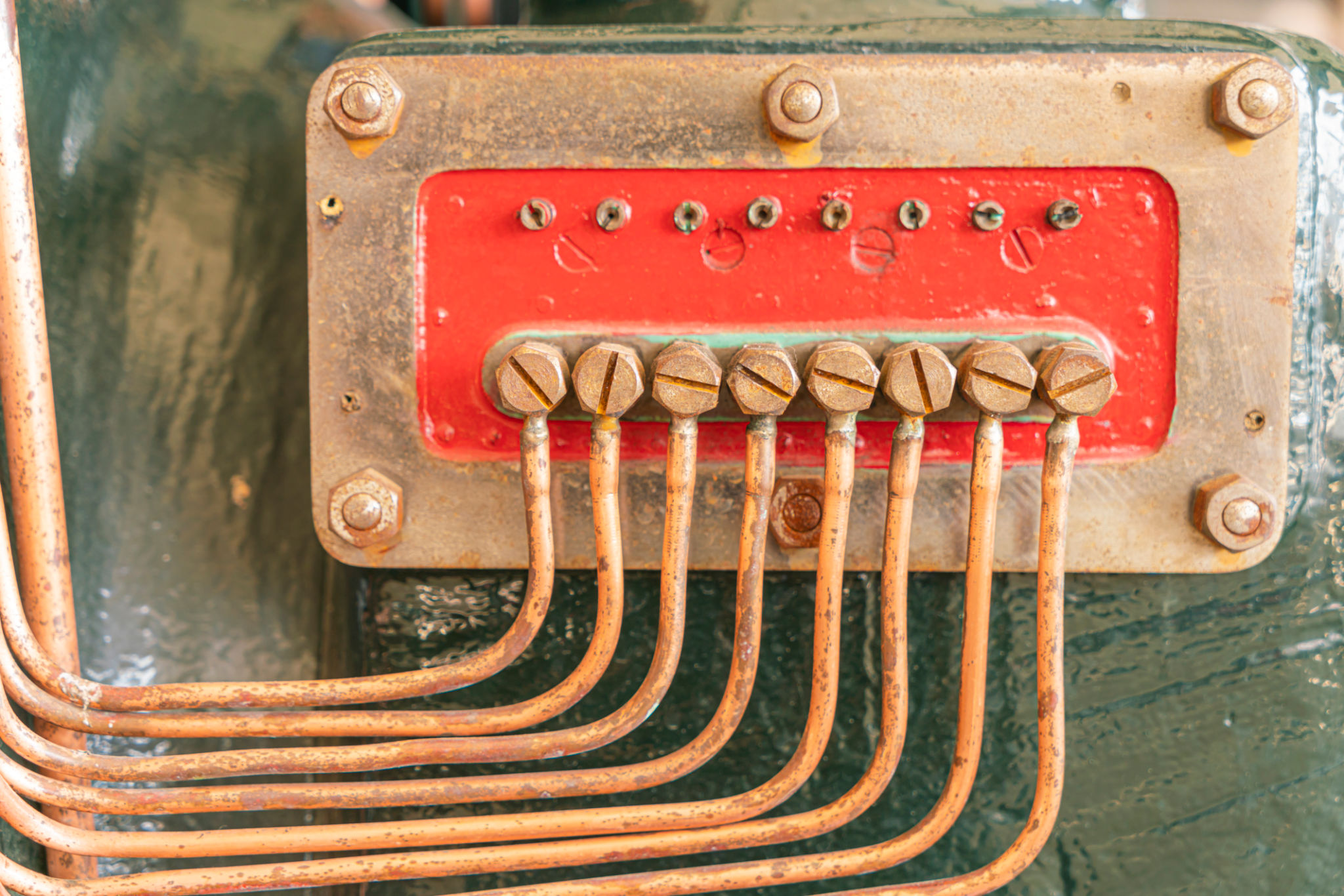Comparing Traditional vs. Smart Home Electrical Systems
Understanding Traditional Electrical Systems
Traditional electrical systems have been the backbone of homes for decades. These systems are straightforward and involve a central panel that distributes electricity throughout the house via a network of wires. The primary function is to provide power to outlets and lighting fixtures, ensuring that all electrical devices operate correctly.
One of the main advantages of traditional systems is their simplicity. They are easier to install and generally more affordable than their modern counterparts. However, they lack the flexibility and advanced features that many homeowners desire today.

The Rise of Smart Home Electrical Systems
Smart home electrical systems are a modern solution that integrates technology to enhance convenience and efficiency. These systems allow homeowners to control lighting, appliances, and even security features remotely via smartphones or voice-activated devices.
Smart systems often include sensors and automation features that can adjust settings based on occupancy or time of day. This capability not only enhances convenience but also helps in energy conservation, reducing overall electricity costs.
Key Features of Smart Systems
Smart home systems offer a range of features not found in traditional setups. These include programmable thermostats, automated lighting controls, and integration with virtual assistants like Alexa or Google Assistant. Such features enable homeowners to create a more personalized living environment.

Comparing Costs and Installation
The initial cost of installing a smart home electrical system can be higher than that of a traditional system due to the advanced technology involved. However, the long-term savings on energy bills can offset this initial expense. Additionally, smart systems may require professional installation, adding to the upfront cost.
On the other hand, traditional systems are generally more budget-friendly at the outset and can often be installed by an experienced DIY enthusiast. However, they lack the potential for energy savings and convenience that smart systems provide.
Maintenance and Upkeep
Traditional electrical systems require routine maintenance to ensure safety and functionality. This typically involves checking wiring and replacing outdated components as needed. While generally reliable, these systems can become outdated as technology advances.

Smart home systems, while initially requiring less frequent maintenance, may need software updates and occasional troubleshooting. These updates can improve system performance and introduce new features, keeping the technology current with minimal effort from the homeowner.
Security Considerations
Security is a significant concern when comparing traditional and smart home systems. Traditional systems have fewer vulnerabilities since they do not rely on internet connectivity. However, smart systems offer advanced security features like remote monitoring and real-time alerts, which can significantly enhance home safety.
It's crucial for smart home users to ensure their networks are secure to prevent unauthorized access. Regularly updating passwords and using secure connections can mitigate potential risks associated with smart technology.
Making the Right Choice for Your Home
The decision between traditional and smart home electrical systems ultimately depends on individual needs and preferences. Traditional systems are ideal for those seeking simplicity and affordability without the need for advanced features.
Conversely, smart home systems are perfect for tech-savvy homeowners who value convenience, energy efficiency, and modern features. Carefully evaluating your lifestyle and budget can help determine which system is best suited for your home.

